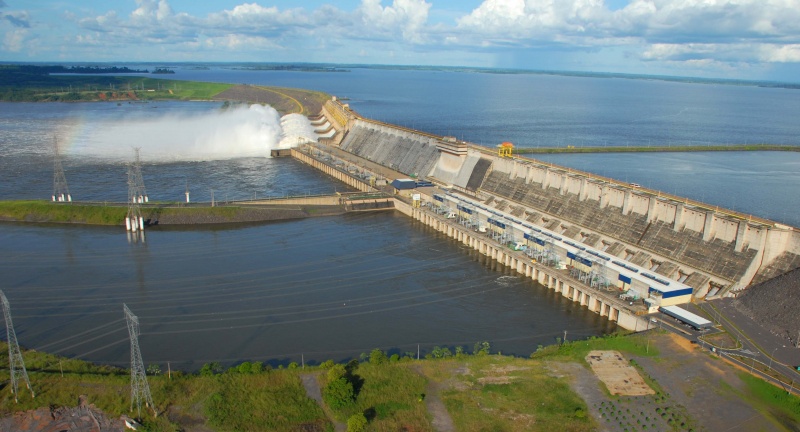World’s Biggest Hydro Energy Projects
Large hydro energy projects typically refer to plants that produce anywhere between 10 to 30 megawatts (MW). Combined, the world’s three biggest hydro energy projects have a generating capacity exceeding 50 gigawatts (GW), or 50,000MW. The top three hydroelectric power plants in the world are:
Three Gorges Dam in Yichang in the Hubei province of China generates 22.5 GW
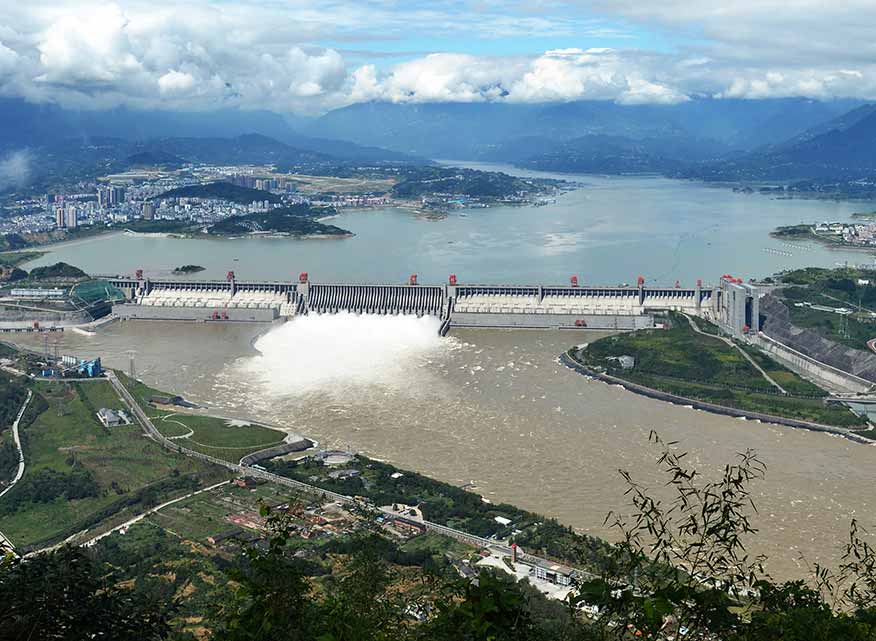
Itaipu on the Parana River on the border of Brazil and Paraguay generates 14 GW
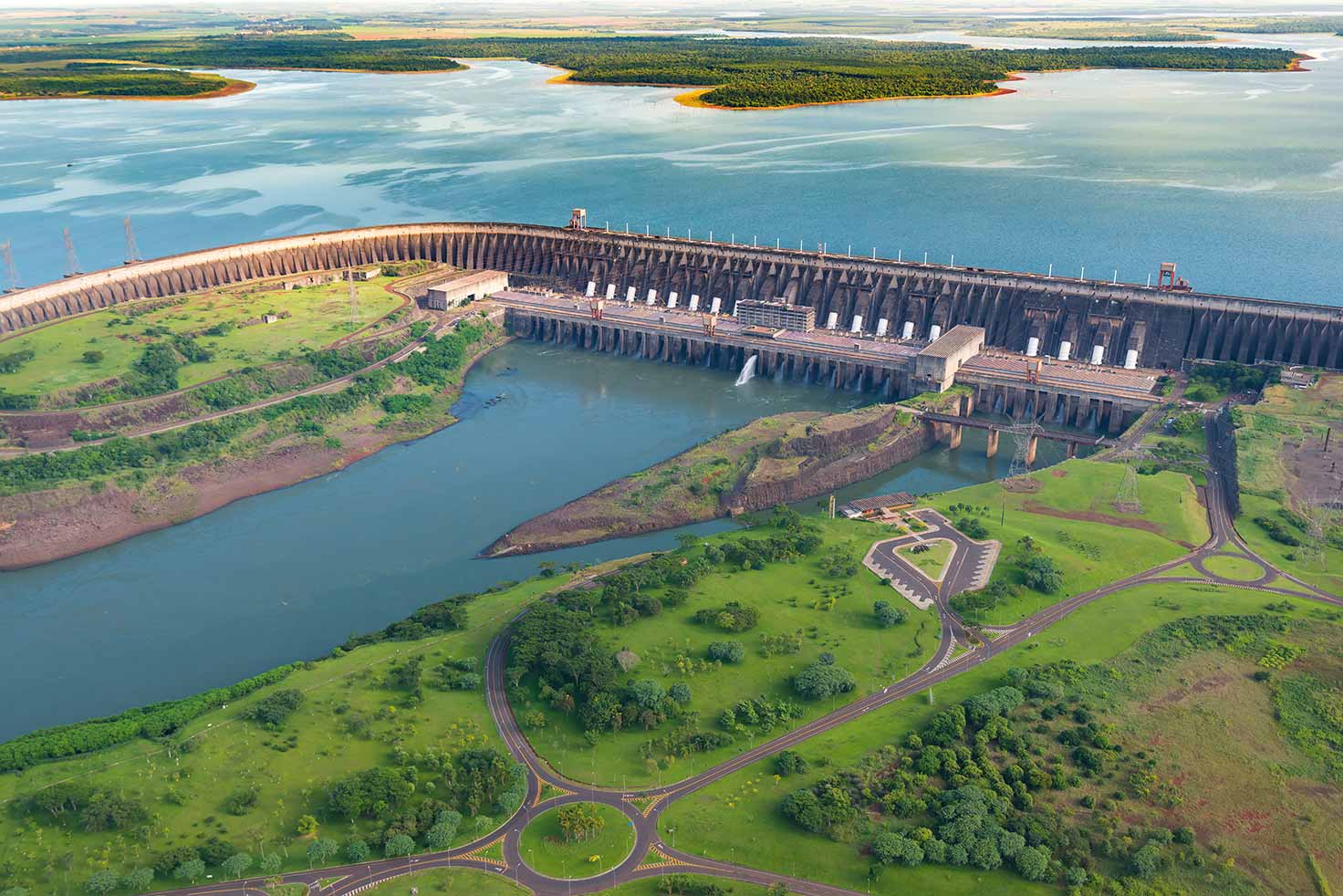
Xiluodo on the Jinsha River in the central Sichuan Province of China generates 13.86 GW
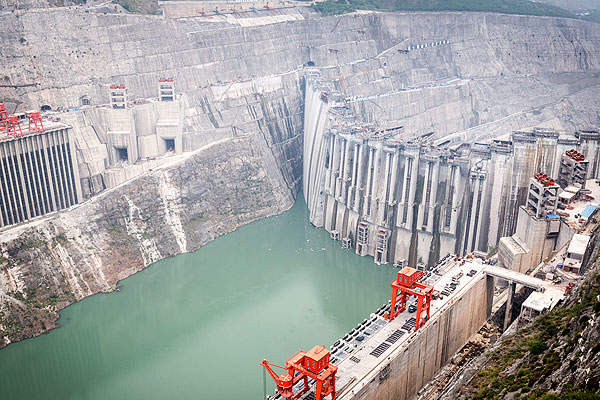
Hydro Energy Biggest Projects
When examining the world’s biggest hydro energy projects, you can focus on the Three Gorges Dam, seeing as it is the largest. This project took 16 years to complete and provided the surrounding area with several advantages and disadvantages.
Hydro Energy Biggest Projects’ Guide Do’s
Taking on a big hydro energy plant project, many factors must go into construction. Here are a few of the top things you’ll want to ensure from your project.
Power Generation
Obviously, at the top of the to-do list for a hydro energy plant is to produce power efficiently. Three Gorges Dam is the world’s largest hydro power station to date, at 22.5GW. This project involved installing 32 main turbines, including two small generators used to power the plant.
Three Gorges Dam has been directly associated with producing electricity in numbers high enough to help support the nation’s entire electricity usage annually.
Flood Control
Flooding can be a big concern of surrounding areas near large bodies of water. With the Three Gorges Dam, the seasonal Yangtze River was known to cause significant flooding in areas located downstream of the dam. Important cities in China, such as Shanghai, Nanjing, and Wuhan, would be impacted annually due to these floods.
While the dangerous flooding tended to occur once every ten years in these areas, the Three Gorges Dam could contribute to this, dropping the rate down to once every 100 years.
Cruise Ship Navigation
It’s essential to consider cruise ship navigation in the beginning stages of a large hydro energy project. Three Gorges Dam has been equipped with a ship lift and ship locks, allowing cruise ships to navigate the dam much safer than before. With the addition of the Three Gorges Dam, fleets have connected Shanghai and Chongqing.
Hydro Energy Biggest Projects’ Guide Don’ts
With the Three Rivers Dam construction came many learning lessons for big hydro energy projects of the future. Here are a few of the disadvantages of this project and to try to mitigate as much as possible for new projects.
Migration Problem
Most of today’s big hydro energy projects will require a significant footprint, likely overlapping inhabited land. As much as possible, it is ideal for planning a project of this size in an area that will displace as few people as possible.
Because of the magnitude of the Three Rivers Dam project, Chinese officials estimate over 1.1 million people will have had to resettle. The reservoir, along with this project, either wholly or partially inundated two entire cities, 11 counties, and 1,351 villages.
Environmental Problem
While there are countless advantages to hydro-powered energy, it still comes at a cost to the environment. Wherever your project may lie, even if you are not displacing people, you will be forced to displace natural wildlife and plants. The projects of the future should look into alternatives that are less detrimental to the natural environment.
Much of the natural landscape of the Three Gorges Dam footprint area needed to be primarily changed. As a result, the region has seen disappearing wildlife and plants, submerged historical relics, and climate concerns.
Water Pollution
In addition to environmental changes outside of the plant, you also must remember the changes to the water. With the construction of the necessary dams and reservoirs to produce hydro energy plants, there is often inevitable water pollution that comes with it.
The moving water through the hydro water plant has caused land erosion in the surrounding areas of the Three Gorges Dam. This erosion has led countless tons of pebbles and sand to flow into the Yangtze River and stay upstream, causing significant water pollution in an area that did not experience this in the past.
Tips for Biggest Hydro Projects
When taking on big hydropower projects, it’s important to remember all aspects of the project, not just the benefits. While it’s essential to stay focused on the good that comes with finding alternative energy solutions, you must weigh the options with the negative impact they could potentially have on the surrounding area.
Medium-Sized Hydro Power Projects
Medium-sized hydro power projects produce anywhere between 1GW to 10GW of energy.
Grand Coulee on the Columbia River in the United States generates 6.81 GW
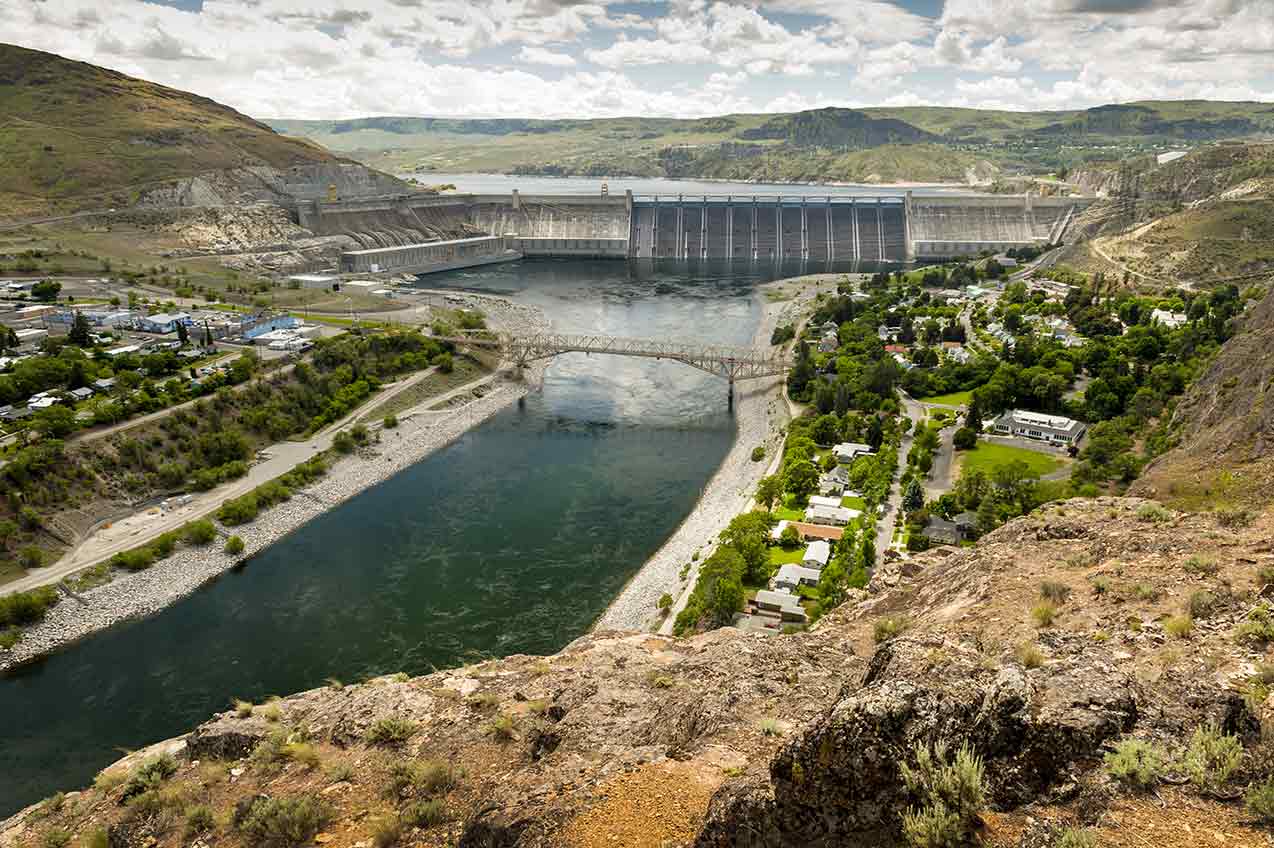
Xiangjiaba on the Jinsha River in China generates 6.45 GW
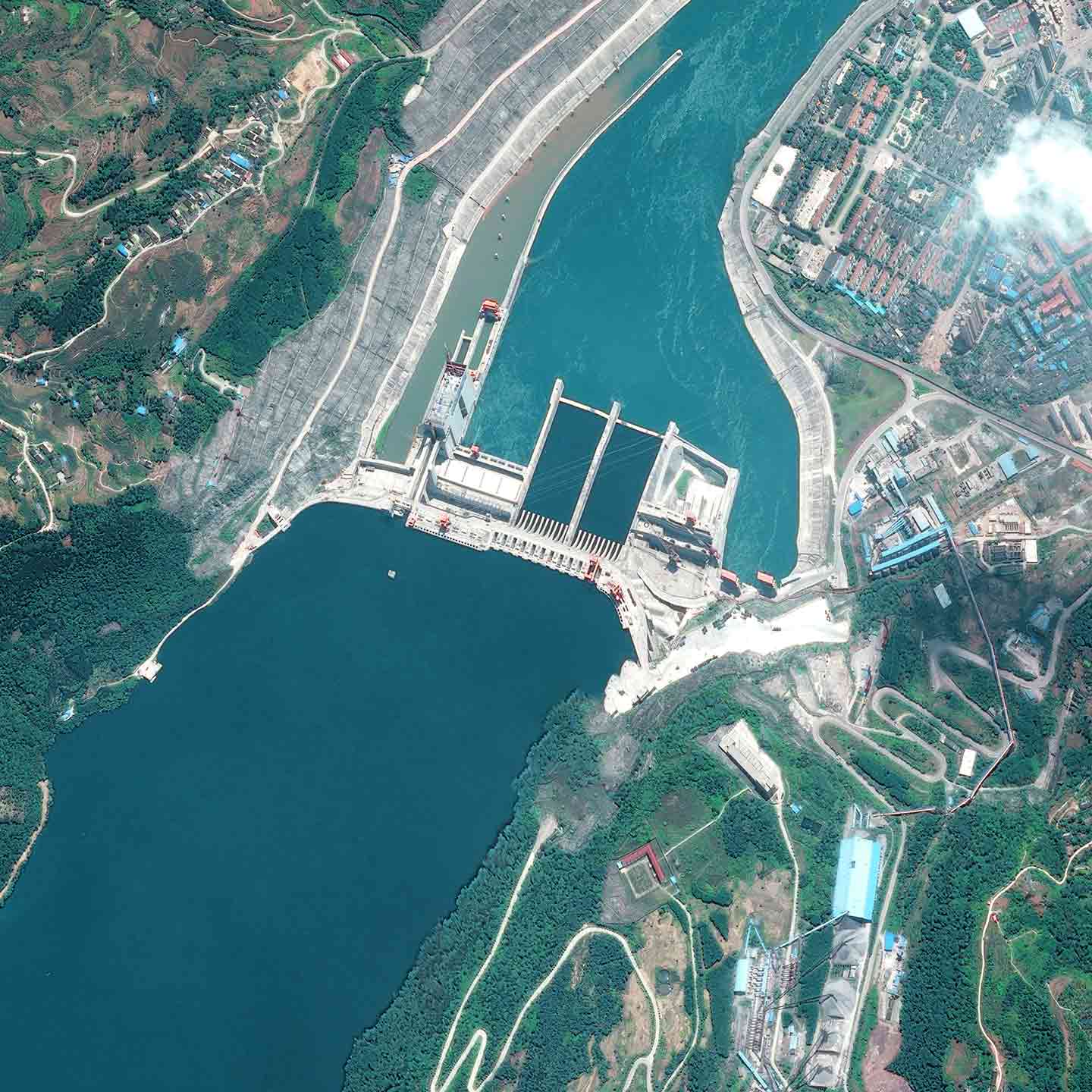
Hydro Energy Medium-Sized Projects’ Guide Do’s and Don’ts
As to be expected, the do’s and don’t of medium-sized hydro energy projects fall in between those of the big and small projects. While these projects will be larger, you’ll need to consider more of the environmental aspects of the project.
Alternatively, they still will not be quite as large as big projects, so you have a happy medium to try your best to have as minimal negative impact as possible.
Tips for Medium-Sized Hydro Projects
In the end, it’s crucial to remember that the purpose of hydro power is to produce an alternative that is better for the environment, not more detrimental.
Small-Sized Hydro Power Projects
Small-sized hydro power projects typically produce anywhere between 100 kilowatts (KW) to 1MW.
Malibu Hydro in British Columbia generates 580 kW
Hydro Energy Small-Sized Projects
To see if a small-sized hydro energy project would work for you, you’ll want to put a few things into consideration. First, you’ll need to determine the vertical distance, also known as the head, available and the flow, or quantity, of your water.
Hydro Energy Small-Sized Projects’ Guide Do’s
Here are some steps you’ll want to follow when considering a small-sized hydro power project.
Calculate
As previously mentioned, you’ll need to calculate the head and flow. Once you have those figures, you can estimate your potential power output for a system with 53% efficiency. Use this equation:
- [net head (in feet) x flow (in gallons per minute)] / 10 = W
Determine Cost Savings
Suppose you’re able to complete the equation to figure out how much energy your small-sized hydro power project can produce. In that case, you’ll want to know if it is an economically reasonable project to complete. Thankfully, hydro power systems tend to be long-lasting, and general maintenance costs are not excessive. You might also be eligible for some local or federal tax credits as well.
Check Local Requirements
Once you decide the system is right for you, you need to know all of the local permit requirements. Both grid-connected and stand-alone systems will have specific requirements that need to be met.
Hydro Energy Small-Sized Projects’ Guide Don’ts
There are a few things to look out for as well. Be sure to try to avoid these oversights for a small-sized hydro project.
Make a System Larger Than Needed
When it comes to energy, it costs less to save it than to generate it. If you’re going to look into a small-sized hydro power project, make sure that you are already as efficient as possible, so you don’t make a system larger and more costly than needed.
Forget to Include Maintenance Costs
When you are figuring out the costs of your system and trying to determine whether it is a financially sound option, don’t forget to include your maintenance costs. You’ll want to add up all of these estimated costs of developing and maintaining the system and all of the necessary equipment.
Forget Water Rights
Your first point of contact will likely be your county engineer or your state energy office. Each state controls its water rights, so you may need to research the production of power through water for this purpose.
Tips for Small-Sized Hydro Projects
Small-sized hydro projects create a much smaller impact on the environment but still need to follow the necessary protocols to be completed effectively and efficiently.
Micro Hydro Power Projects Overview
Micro hydro power projects is the name given to hydroelectric power plants producing anywhere from 5KW to 100KW of hydro electricity. Projects of this size typically provide power to an individual home or limited community. Otherwise, micro hydro power projects can sometimes be connected to electric power networks.
Micro Hydro Power Project Example
In the Banda Miralamji Village in the Nangarhar Province of Afghanistan, a micro hydro power project is fueling a community of 150 families. The National Solidarity Program (NSP) implemented the project, which is now being run by local families responsible for managing the small turbine in the fast-flowing stream.
The village, which was once so heavily reliant on fuel, has since converted to hydro powered electricity. This small but mighty addition to the town is opening pathways never thought of before.
Challenges for Hydro Green Energy Projects
There is no denying the benefits to hydro green energy power, which is apparent, seeing as 17% of the world’s total electricity production comes from this source. Unfortunately, it does come with its own set of challenges.
Environmental Impacts
Although hydro power is non-polluting, like other renewable energy sources, it still has its own set of environmental impacts. Hydro green energy projects can directly impact homes, land use, and natural habitats surrounding the dam area. The reservoirs needed for hydro green projects could cover people’s homes and eliminate critical natural areas, including archaeological sites and agricultural land.
The construction of dams and reservoirs needed for hydro power plants can disrupt the natural wildlife habitat in the area. Plants can cause a reduction or modification of the wild fish habitat and potentially trap fish in its many passages.
Hydroelectricity can also cause changes to the water quality in the reservoir and stream water. The operation of the plant may alter the flow and temperature of the water, potentially harming native animals and plants both in the water and on land in the surrounding areas.
Construction Challenges
The construction of hydro power plants has begun slowing considerably. To support hydroelectric power, these projects must include building a dam and reservoir, which take significant amounts of time, money, and construction. Additionally, most of the prime locations of these facilities have already been taken, proving the creation of new plants to be challenging.
Unstable Source
Hydroelectricity is dependent on precipitation levels, making it hydrology dependent. Unfortunately, since water levels can drastically fluctuate from year to year, this makes hydro power somewhat unstable.

